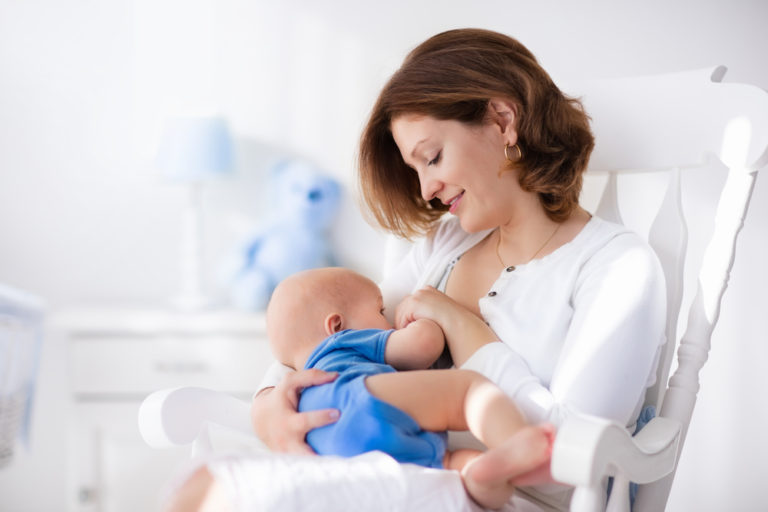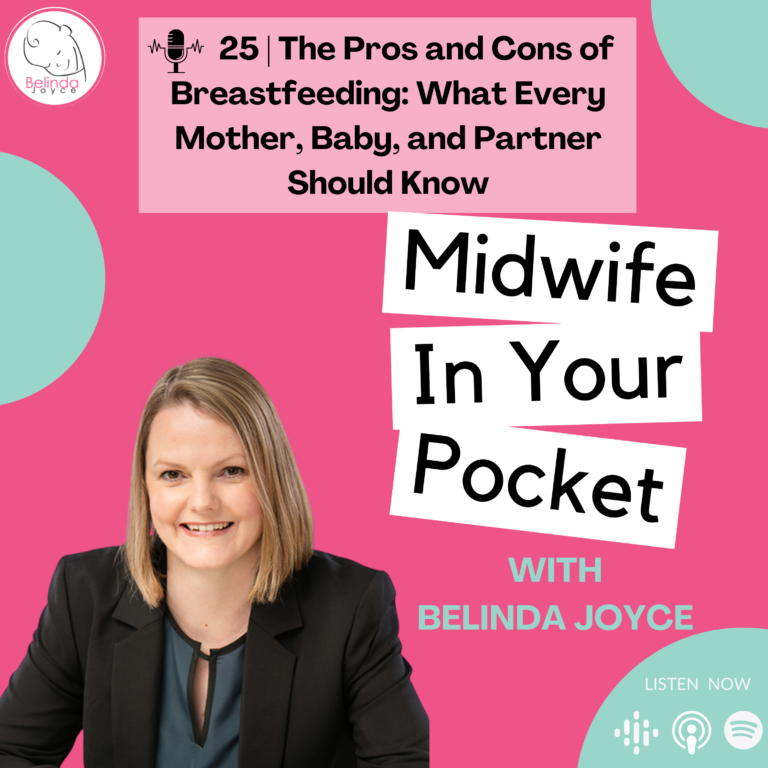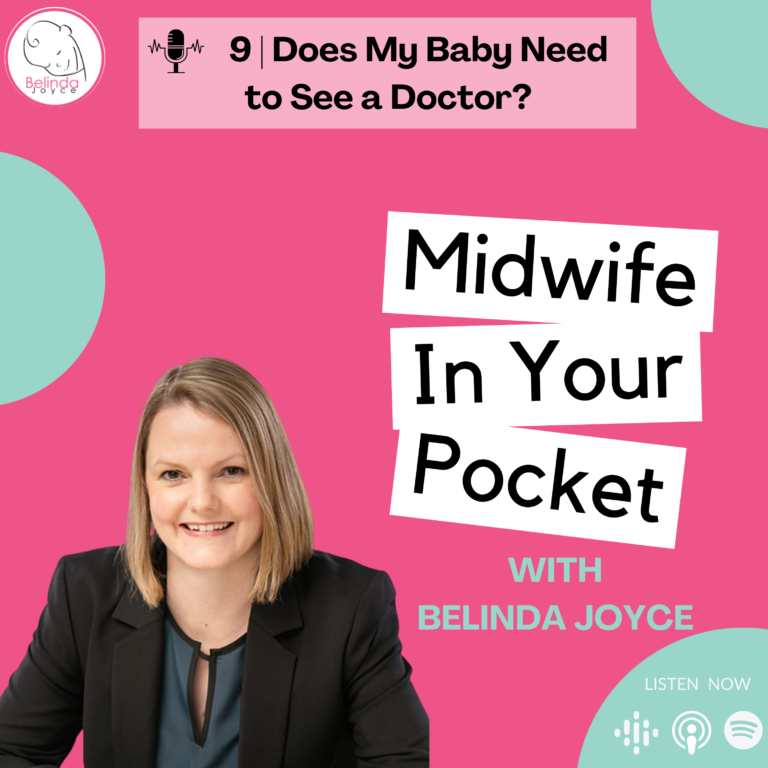Transitioning from Bottle to Sippy Cup
Transitioning your Baby from Bottle to Sippy Cup
Weaning from a bottle to a cup is an exciting transition in your baby’s life. Babies main source of nutrition up to 12 months of age has been infant formula or breastmilk and if they are not breastfeeding they are usually fed from a bottle.
After 12 months of age it is good to move to a sippy cup for milk rather than continuing with bottles. Bottles encourage babies to skull large amounts of milk as they often just keep sucking and your baby no longer requires this. They should be getting most of their nutrition from eating a broad range of family foods across all food groups rather than mainly milk.
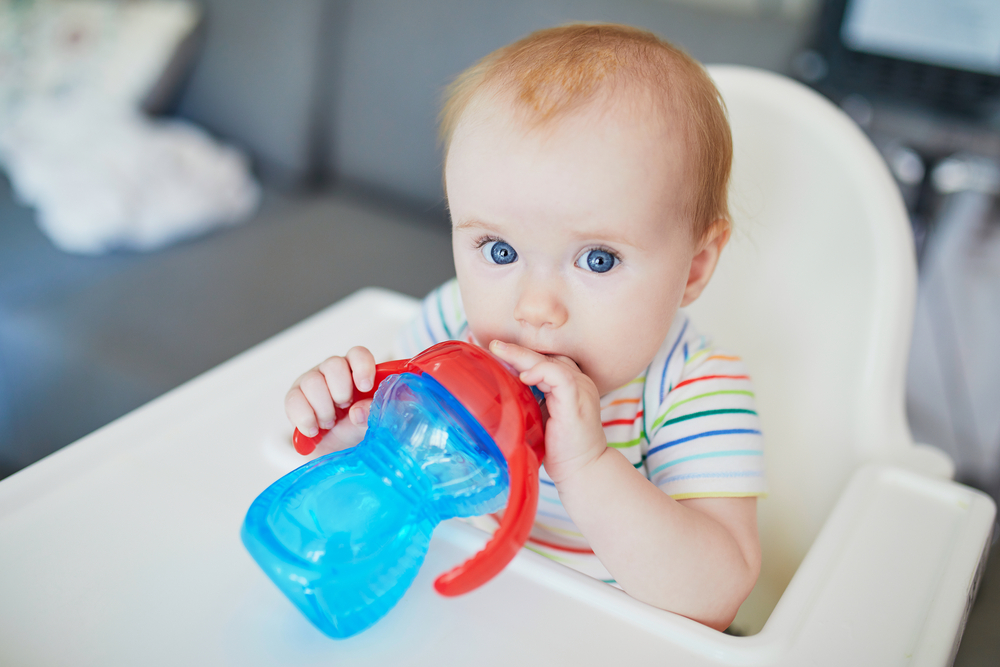
To transition from a bottle to a sippy cup, begin giving their usual formula in the cup rather than the bottle. Most toddlers will know how a sippy cup works as they have probably been drinking water from one since they started eating solid foods. They may be confused about their cup containing milk. I found it helpful to use one specific sippy cup for milk that was different from their normal water cup and my baby got used to that. It may be helpful to start with a cup with a teat and then gradually move to a spout soon after.
DISCOVER HOW TO SURVIVE & ENJOY YOUR BABY!
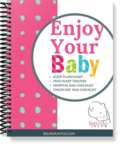 The pack is full of checklists and printables to help you improve sleep challenges with our flowchart, decide what to take to hospital, what equipment is essential, what to put in your nappy bag and so much more
The pack is full of checklists and printables to help you improve sleep challenges with our flowchart, decide what to take to hospital, what equipment is essential, what to put in your nappy bag and so much more
Most bottle-fed babies love their bottle, I can distinctly remember my first baby calling hers “bobble” when she wanted it, it was so cute. Bottles are a difficult thing to remove from many babies due to this love. Take it slowly, there is no need to be harsh or strict with this. In some cases the novelty of the new cup can be all you need to move across.
Benefits of sippy cups
Most sippy cups have the added benefit of being non-spill even when tipped upside down, which your toddler will do! Sippy cups often need to sucked a little to draw the liquid out and this can take a little time to perfect. There are also cups with straws which can work well. There are some fantastic cup systems on the market that include a variety of lids such as a teat, spout, straw and even a lid that is more like the edge on an open cup but still has an anti-spill cover. Your baby will gradually learn to master them all!
Cups that are easy for baby to hold such as those with handles can be great for teaching independence and motor skills.
Sippy cups are easy to take with you when you’re out and about visiting friends and family or going to a café. Many nappy bags have a cup pocket on the outside for easy access and because most have a lid to keep the spout clean and are leak-proof there is no mess. It is good to start taking a cup of water with you after your baby has started eating solid foods. Allowing access to water throughout the day is good for your baby and over time they will learn to help themselves when thirsty. Babies and toddlers who self-feed will learn to drink the amount they want and need and this is an important skill to learn.

Moving to cows milk
After 12 months of age formula is not required and full cream cow’s milk can be used. It is best to gradually change to this to allow your baby’s taste and tummy to get used to it. Some babies don’t like the taste of cow’s milk at first so you can mix some formula with the cow’s milk and gradually reduce the amount of formula until your baby drinks only full cream cow’s milk. Start with ¾ formula and ¼ cows’ milk and gradually increase the cow’s milk component.
How much milk do they need?
Toddlers from 12 months only require 1-1.5 serves of dairy a day, so you don’t need to be worried about offering large amounts of milk. As a guide 1 serving equals 1 cup (250ml) milk or 2 slices of cheese or ¾ cup yoghurt. These should all be full fat dairy at this age. There is no need to measure their dairy intake each day, better to think about it across a whole week. Keep in mind that many toddlers drink large amounts of milk and this can reduce their appetite for other foods. If your baby won’t take milk from a cup that’s okay as they can get plenty of dairy from other products such as cheese and yoghurt.
What about the bedtime bottle?
Even though we recommend moving from bottle to cup after 12 months many babies continue on with the evening bedtime bottle until well after 12 months as it has become part of the bedtime routine. Unfortunately, some of these babies get dental caries from the sugar in the milk sitting against their teeth all night. Please clean your baby’s teeth gently with a soft toothbrush and water after the nighttime bottle, this can be done quietly in dim light so they remain drowsy.
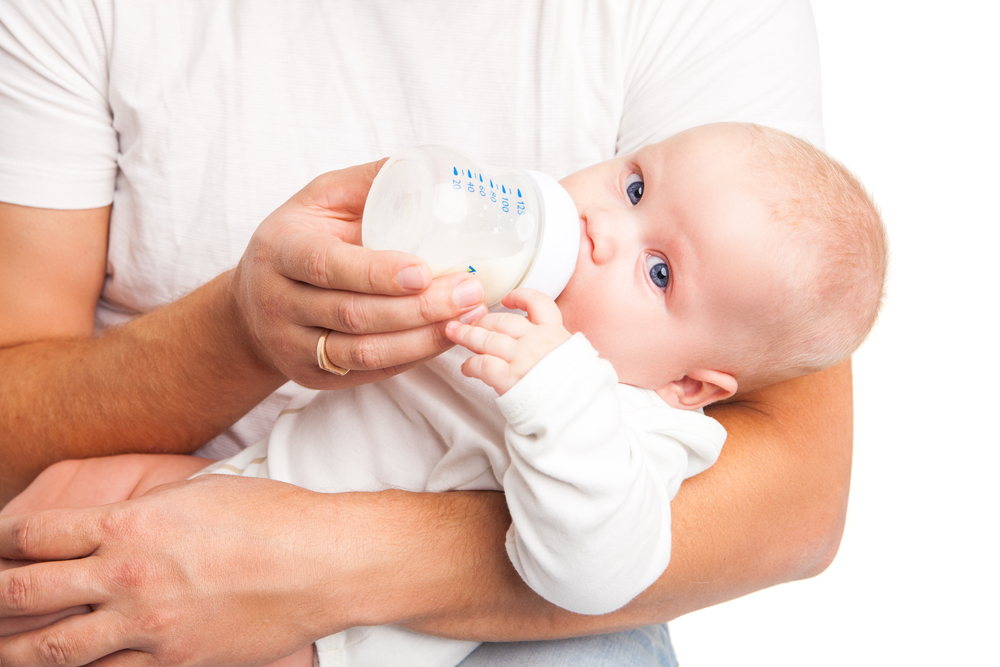
This transition is just one of many changes, it’s exciting to see them growing up and developing, but for some parents it can also be a little sad as your baby becomes a toddler. Developing feeding independence is an important skill for your baby to learn.
You may also be interested in ‘How to start feeding your baby solid foods’


